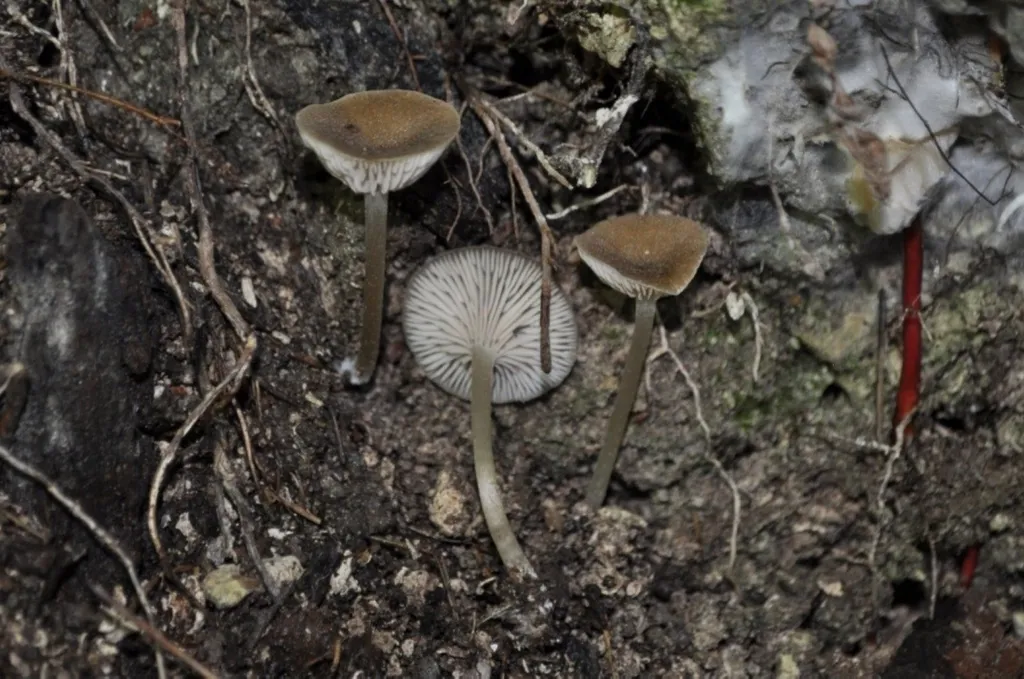In the heart of Türkiye’s Inner Western Anatolia, a discovery has been made that could significantly impact the medicinal mushroom industry and potentially open new avenues for the energy sector. Researchers, led by Ahmed Badri Abed from the Department of Molecular Biology and Genetics at Uşak University, have identified a valuable medicinal fungus, Inonotus hispidus, growing exclusively on mulberry trees in the Uşak province. This finding, published in the Bulletin of the National Research Centre (Bulletin of the National Research Centre), not only adds a new record for the genus Inonotus and the species I. hispidus in this region but also sheds light on the fungus’s unique properties and potential applications.
Inonotus hispidus is known for its medicinal properties, including antioxidant, anticancer, and immunomodulatory effects. It is frequently used in folk medicine, particularly in China. However, few studies have been conducted to determine its genomic sequence and potential for secondary metabolite production. This research aims to fill that gap and contribute to the scientific knowledge of I. hispidus.
The study involved a comprehensive analysis of the fungus, including molecular analysis, phenotypic character study, and metabolite research. The researchers conducted a survey to determine the genus of the host and found that the macrofungus was recognized as I. hispidus based on the morphological features of the fruiting body and the Internal Transcribed Spacer regions sequence alignment, which revealed 99.22% similarity to I. hispidus (GenBank accession FR686562.1).
“The presence of 17 variable medicinal ingredients in one fungus species grown solely on mulberry trees refers to the importance of this host in providing essential ingredients for I. hispidus,” said lead author Ahmed Badri Abed. This finding underscores the significance of the host tree in the production of valuable medicinal compounds.
The study also revealed that the fungus contained 16 polyphenols with high medicinal value. Ethyl acetate appeared to possess better extraction potency in the extraction of phenolics from I. hispidus. This discovery could lead to more efficient extraction methods and potentially lower production costs, making the fungus more accessible for medicinal use.
The research also analyzed geographic, hydrographic, and climatic factors impacting I. hispidus distribution. This information could be crucial for cultivating the fungus on a larger scale and ensuring a consistent supply of its medicinal compounds.
The implications of this research extend beyond the medicinal mushroom industry. The energy sector could also benefit from the discovery of new compounds with unique properties. For instance, some mushrooms are known to produce enzymes that can break down complex carbohydrates into simple sugars, which can then be used to produce biofuels. Further research could explore the potential of I. hispidus in this area.
“This study included an updated analysis of the morphological characteristics, essential polyphenols, and preferred host,” Abed added. “It discussed significant data that deepens our knowledge of this medicinal macrofungus.”
As the world continues to seek sustainable and renewable energy sources, the discovery of new compounds and their potential applications become increasingly important. This research not only advances our understanding of Inonotus hispidus but also opens up new possibilities for the energy sector. The findings could pave the way for future developments in the field, contributing to a more sustainable and healthier future.

